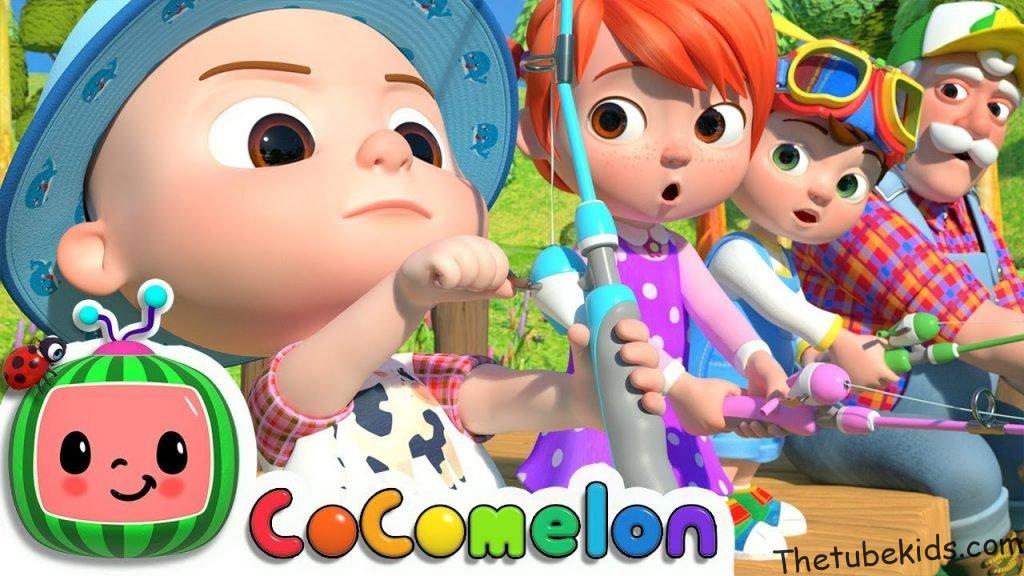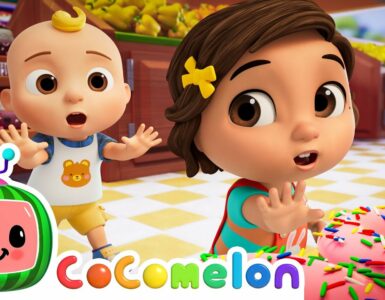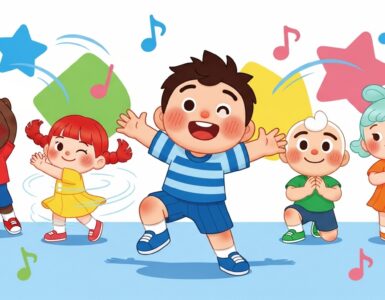1, 2, 3, 4, 5 Once I Caught A Fish Alive lyrics:
One, Two, Three, Four, Five,
Once I caught a fish alive,
Six, Seven, Eight, Nine, Ten,
Then I threw him back again.
Why did you let him go?
Because he bit my finger so.
Which finger did he bite?
This little finger on my right.
Souce: Video Share Youtube For channel Cocomelon Nursery Rhymes and kids songs
1, 2, 3, 4, 5 Once I Caught A Fish Alive Song And lyrics
Lyrics:
Handy it’s for you even though you’re not supposed to.
Go away Sue fool Sue.
With a smile at your creation of a mass anticipation.
Go away Sue, go on Sue.
Give a milder man his place to give a silencer it’s grace to.
Go-ahead Sue, go on Sue.
Try to get it straight,
I’m in action and I hate it.
Can I write my eager list with a message on the end?
You can reach me at the station,
I will swear to keep you waiting.
Am I joking?
Am I hell.
I’m a user and I’m closer.
It’s a silly kind of meaning,
I can see sense in your reason.
Go away fool, away fool.
Either way to be tight fisted other means have been enlisted.
In your name fool, name fool.
Take a second to decide if you and I are going to croak
If you are maimed fool, maimed fool.
Once I Caught A Fish Alive
Once I Caught A Fish Alive – An Exploration of Childhood Learning
The lyrics to “1, 2, 3, 4, 5, Once I Caught a Fish Alive” echo simple yet profound themes that permeate early childhood education—numeracy and basic counting intertwined with vivid storytelling. The song begins with the enchanting rhythm of numbers, as we count up from one to five while delighting in the whimsical story of catching a fish. The playful narrative then transitions intriguingly to letting the fish go, providing not only an opportunity for numerical learning but also embedding lessons on empathy, choice, and consequences. This duality inherent in the lyrics presents a rich tapestry where quantitative skills meet moral values—a reflection of how childhood songs often contain layers of meaning designed to engage young minds holistically .
Counting, Storytelling, and Moral Lessons Once I Caught A Fish Alive
The Function of Rhyme and Rhythm in Learning
The repetition of counting serves both musical and educational purposes. Nursery rhymes like this are crafted to ensure that children not only sing along effortlessly but also absorb foundational concepts. The structure makes it easy to memorize and recite; plus, the rhythmic cadence of the lyrics mirrors language acquisition stages in infants and toddlers. It’s interesting to note that songs often become an avenue for enhancing listening skills and phonological awareness, acting as a bridge into literacy .
Furthermore, when discussing why we let the fish go again, we can draw upon notions of freedom, respect for nature, and understanding limits. Such themes play an essential role in molding a child’s emotional intelligence and social consciousness even at a tender age. By weaving these messages into the fabric of catchy lyrical tunes, educators can effectively foster both cognitive and emotional growth .

Symbolism and Broader Implications
The Fish as a Metaphor Once I Caught A Fish Alive
The act of catching and then releasing the fish serves as a metaphor for many life experiences. Take, for example, the transition from dependence to independence that children undergo as they grow. Just as the narrator catches a fish, there’s often a parallel to the fleeting nature of childhood moments—joy, innocence, and wonder—held onto tightly at first before eventually being set free as children develop their identities and move toward self-sufficiency. In a broader context, this resonates with temporary relationships and the ephemeral joys of life, teaching kids about attachment and letting go .
This interplay of activities expressed through the lyrics poses questions pertinent not just for early learners, but also for adults reflecting on their life journeys. The playful essence of childhood encapsulated within this rhyme invites adults to unearth timeless lessons from their own pasts—a nostalgia reminiscent of innocence lost yet treasured.
Community and Connection Once I Caught A Fish Alive
Finally, traditional songs like “Once I Caught a Fish Alive” often serve as cultural artifacts, passing down stories and wisdom through generations. They create communal experiences between parents and children, enhancing family bonding times while nurturing cultural heritage. As these interactions unfold, children not only learn the melodies and words but also the love and care imbued in shared traditions. In environments such as classrooms or playgroups, such songs further unite peers in joyful camaraderie, setting the stage for formative social experiences rooted in music .
In essence, “1, 2, 3, 4, 5, Once I Caught a Fish Alive” is not merely a set of catchy lyrics. It is a vital educational resource layered with mathematical principles, moral teachings, and life’s larger philosophical questions—all cleverly disguised within the playful realm of nursery rhymes that resonate well beyond childhood’s borders.
More: Three Little Pigs Cocomelon Nursery Rhymes & Kids song
















